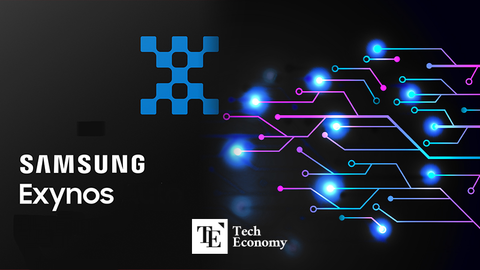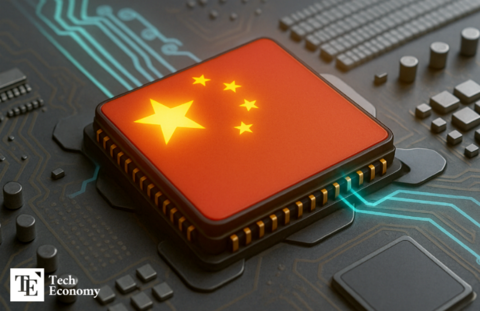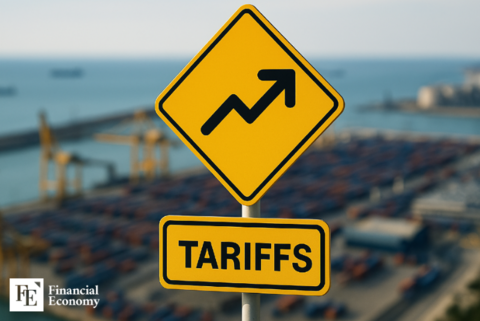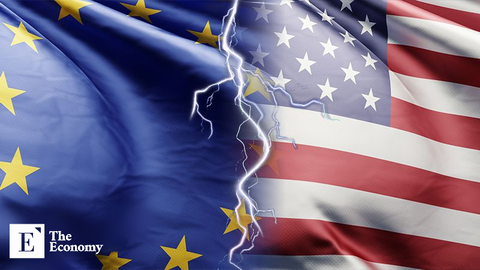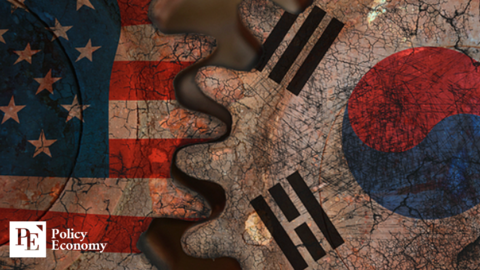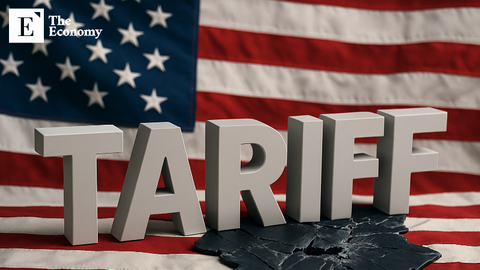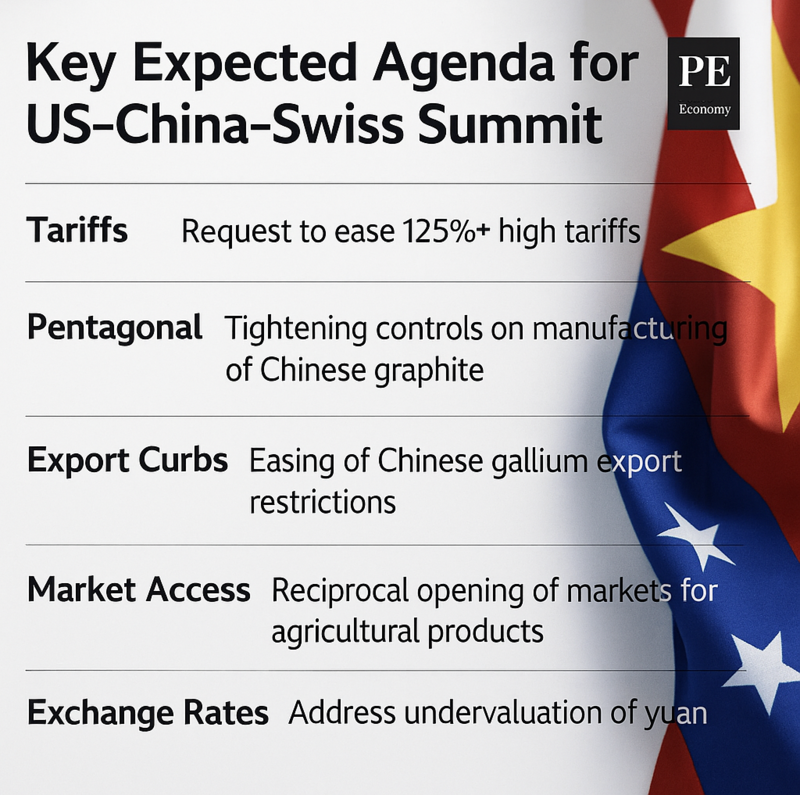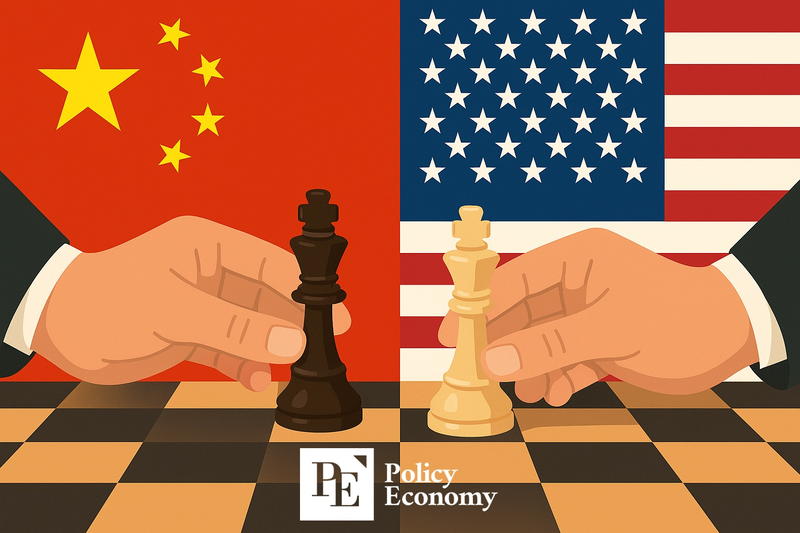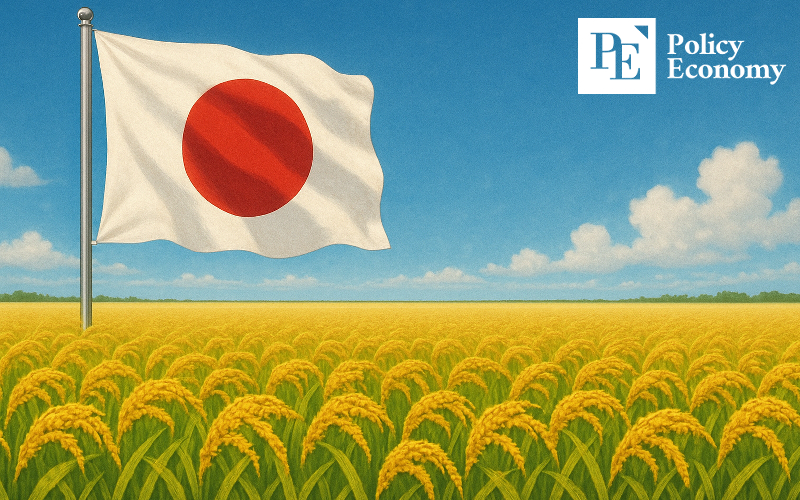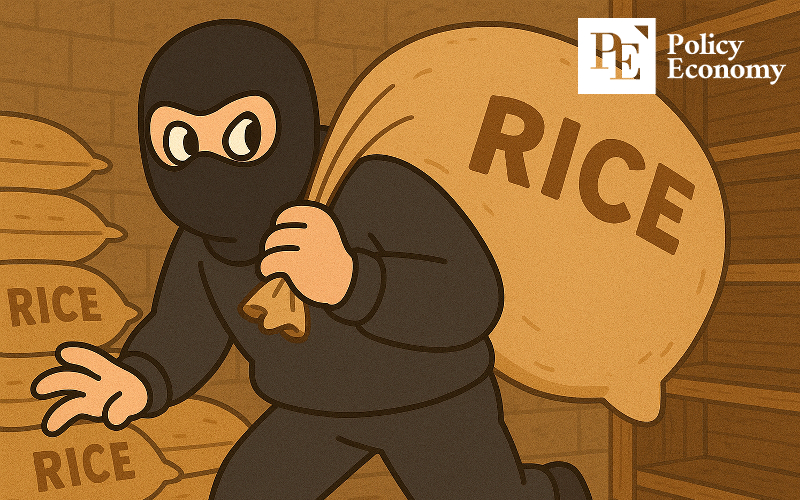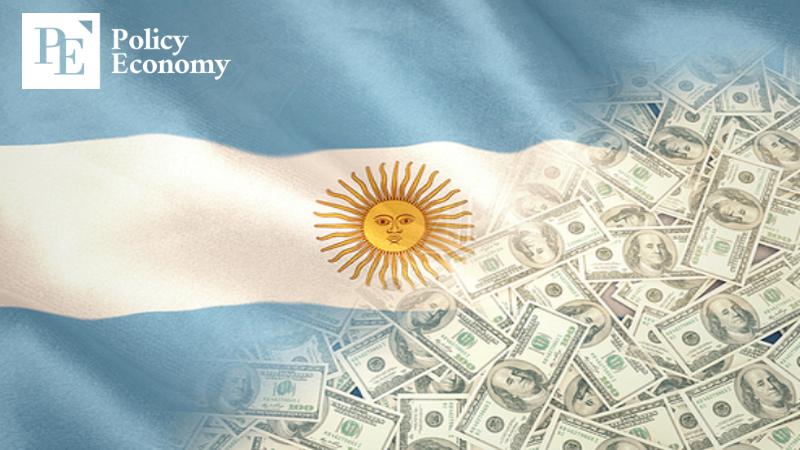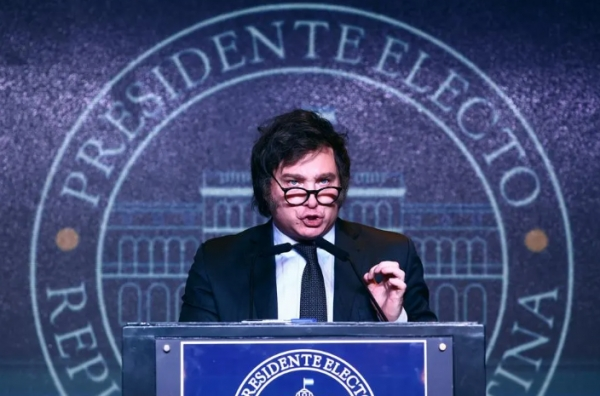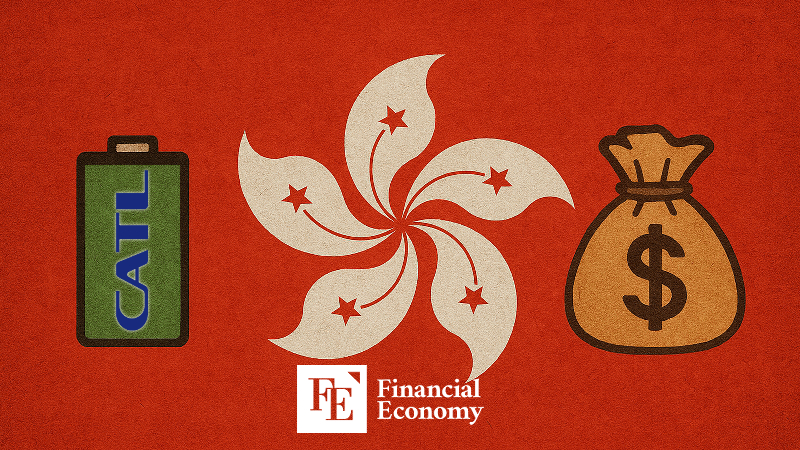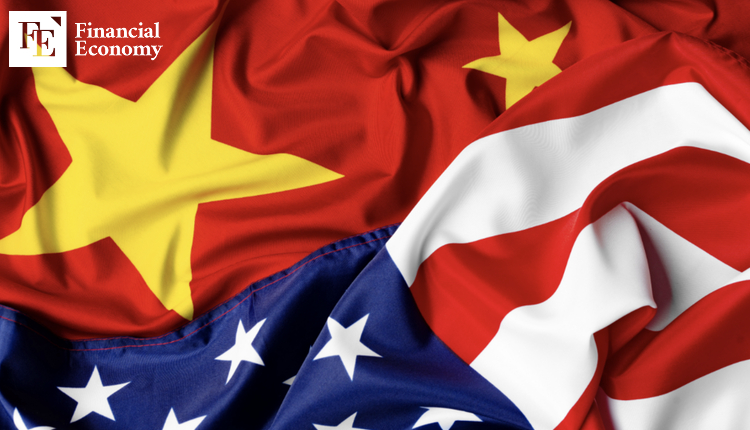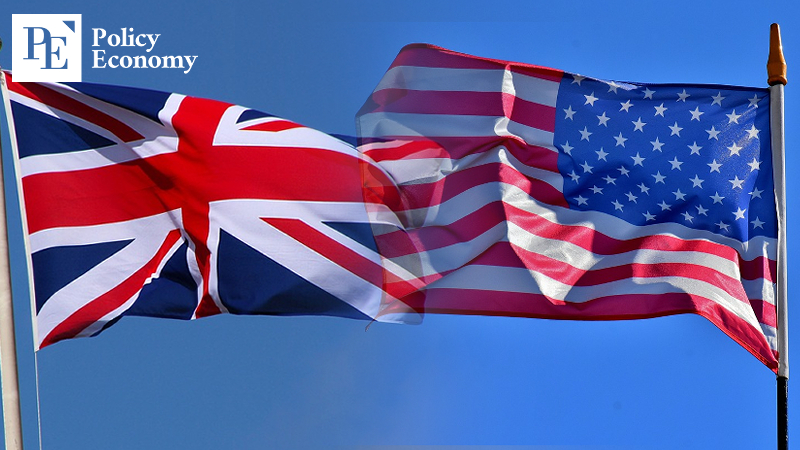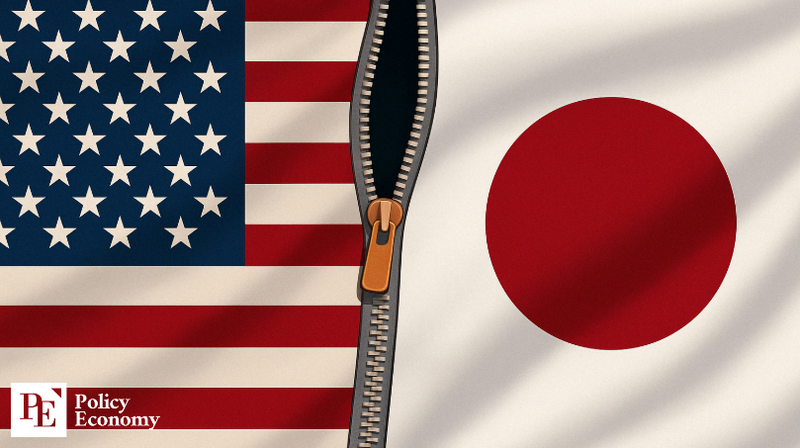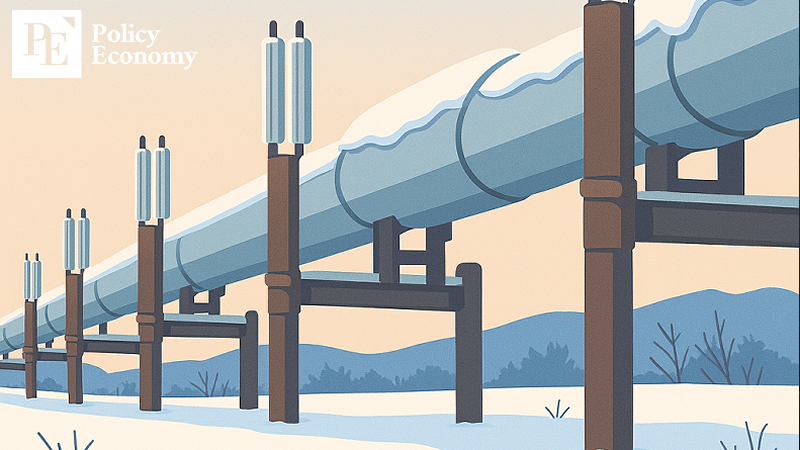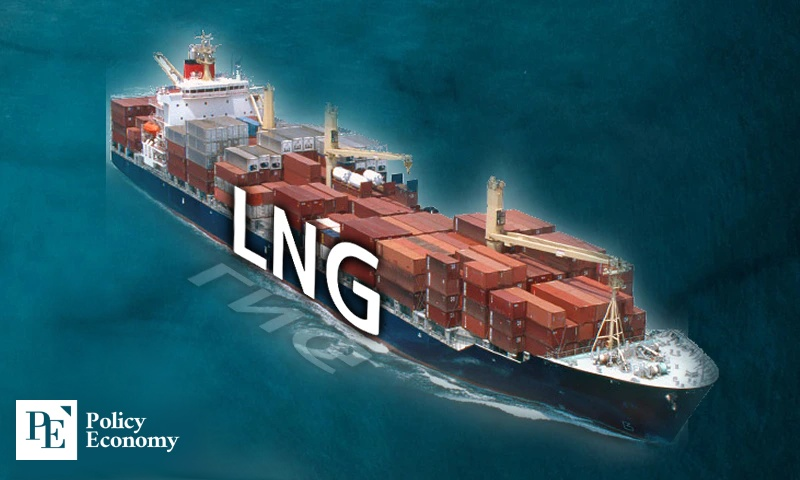From Gen Z to Global Investors” — Why Japanese Real Estate Is Back in the Spotlight
Input
Changed
Shift in Investment Culture from Saving to Spending Growing Expectations for an End to the ‘Lost 30 Years’ Worsening Supply-Demand Imbalance Suggests Peak Still Ahead
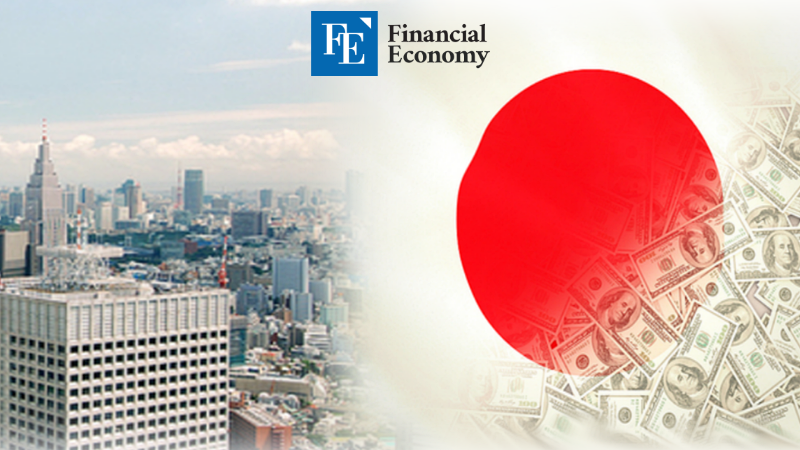
Japan’s real estate market is heating up, fueled by the active entry of younger generations and foreign capital. Investors in their 20s and 30s are turning away from traditional savings and increasingly favoring investments in tangible assets, becoming a core force in the income-generating property market. At the same time, large-scale capital inflows are being drawn by Japan’s low interest rates and weak yen. While some warn that prices may be nearing their peak, demand is expected to remain strong due to limited new supply and policy incentives.
Gen Z Takes the Lead in Japan's Property Market
According to global real estate consultancy Savills, Tokyo’s residential rental market is showing clear strength. In Q1 2025, the average rent in Tokyo’s 23 wards rose by 5.0% quarter-over-quarter to ¥4,547 per square meter, and by 7.3% year-over-year. In the city’s five central wards, average rents increased for the seventh consecutive quarter, reaching ¥5,524 per square meter—up 9.9% from the same period last year.
This rent growth is linked to rising prices for compact condominiums, commonly referred to as “one-room mansions,” which are seen as stable investment vehicles. According to Tokyo Kantei, the average price of newly built one-room condos in 2023 reached ¥32.86 million, a 50% increase from ¥21.79 million in 2004. The strategy of buying low and generating rental income, or securing a steady post-retirement income source, has fueled this demand amid limited supply.
These trends are closely tied to structural shifts in Japanese society. With ultra-low interest rates persisting, many have realized that savings alone can’t grow their wealth. Growing distrust in Japan’s pension system has further pushed younger generations to invest actively. Millennials and Gen Z, in particular, are now driving momentum back into a market that had previously stagnated, viewing real estate as both a secure and profitable asset.
Unlike older generations, these young investors take a hybrid approach that blends personal residence and rental income. They also rely heavily on social media to share insights and consume real estate content, earning them a reputation as well-informed, agile market players. Their aggressive investment style is changing the pace and structure of the market.
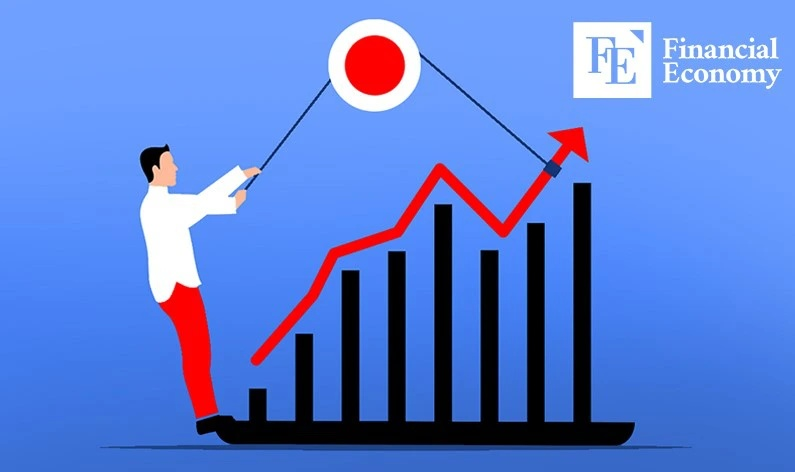
Investment Appeal Grows on Weak Yen and Low Rates
Adding to the momentum, major global investors like Morgan Stanley and MUFG are ramping up their activity. Morgan Stanley has launched a ¥100 billion real estate fund targeting offices, multi-family housing, logistics facilities, and hotels in Tokyo and other key cities. This move signals more than portfolio diversification—it reflects confidence in a structural transformation of the Japanese economy.
Japan’s largest financial group, MUFG, also plans to inject ¥100 billion into the real estate sector over the next three years. The bank has already committed ¥30 billion to launch a fund and is considering scaling it up to ¥200 billion through additional outside capital. For MUFG, long seen as a finance-focused institution, this shift signals strong belief in the long-term profitability and potential of Japanese real estate.
This surge in investment is underpinned by growing optimism that Japan’s “Lost 30 Years” may finally be ending. After decades of stagnation due to low growth and population decline, signs of recovery—such as stronger corporate earnings, rebounding tourism, and tighter property supply—are emerging. In March 2023, the Bank of Japan raised interest rates for the first time in 17 years. Nationwide, average land prices rose 2.7% last year, the highest growth since 1991.
Worries About Overheating, But Upward Momentum Continues
Despite the optimism, some analysts are sounding alarms over possible overheating. Concerns center not only on high property prices, but also on broader market imbalances. One indicator is the price-to-earnings ratio (PER) in Tokyo’s property market, which hit a record 28.93 for new condominiums last year. Some observers warn that the current speculative fervor resembles the lead-up to Japan’s real estate bubble burst in the early 1990s.
However, on the ground, sentiment remains bullish. Demand continues to outstrip supply, pushing prices higher. Japan’s real estate development regulations are known for being stringent, with strict zoning, height restrictions, and redevelopment rules. Additionally, booming demand for home renovations means new construction is unlikely to ramp up quickly.
On the demand side, there’s little sign of slowdown. Youth-driven investment and inflows of foreign capital continue, and government efforts to boost inbound tourism are further spurring demand for commercial real estate. If the weak yen persists, foreign buyers seeking either personal use or rental income are likely to increase. With minimal pressure for interest rate hikes, Japan’s property market remains more accessible than many others, reducing fears of an imminent crash. In short, despite warnings of a peak, the Japanese real estate market remains in a sustained upward phase.

